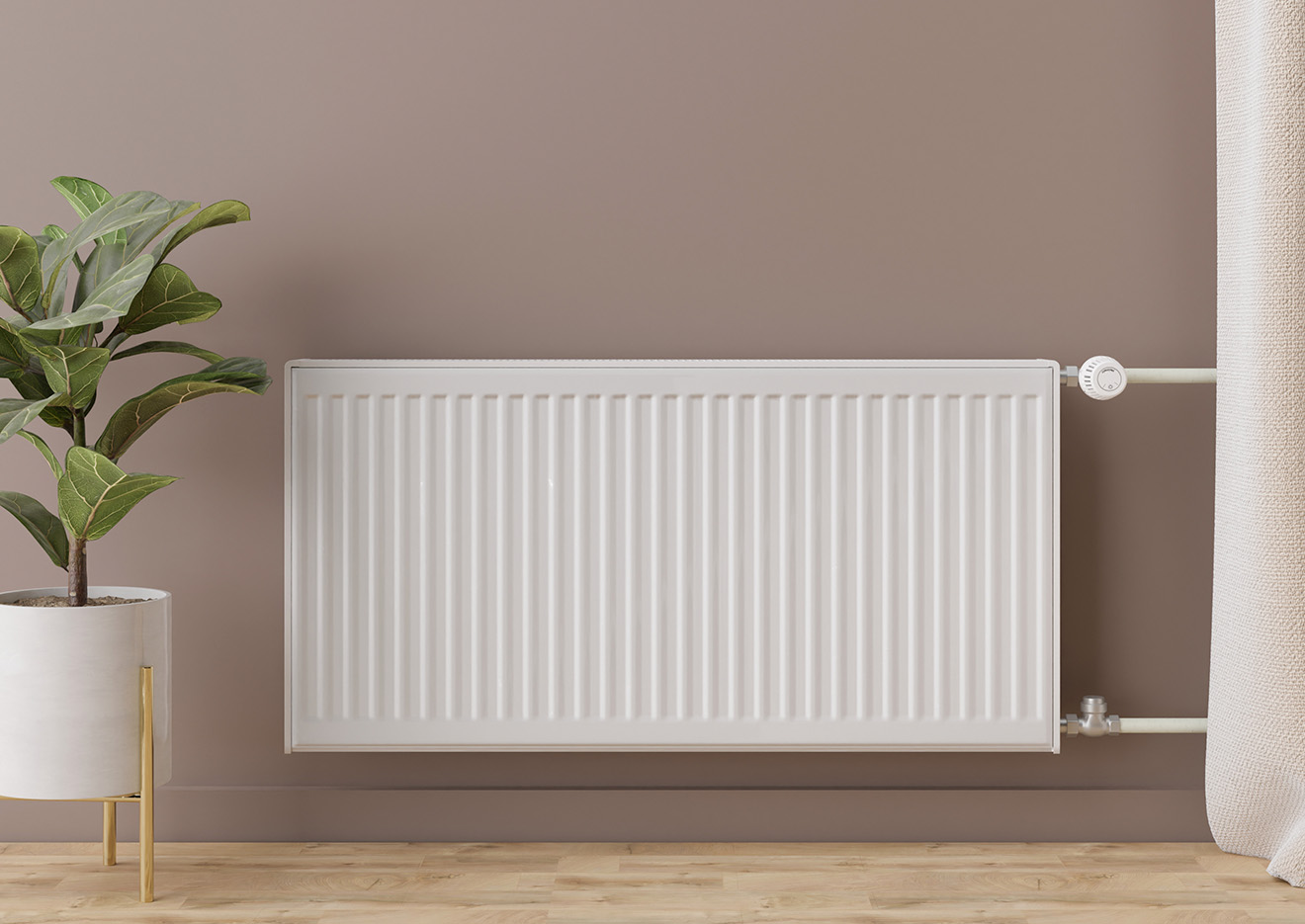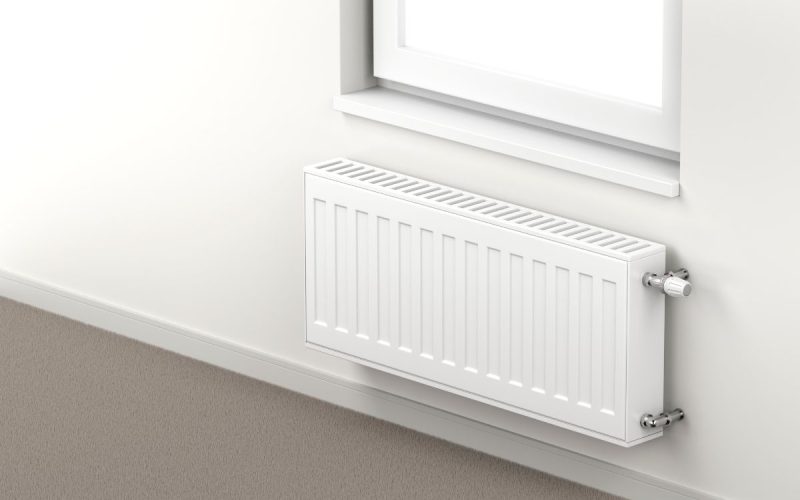A water radiator is a crucial component in heating systems used to transfer heat from hot water to the surrounding environment. This article delves into what a water radiator is, its components, functioning principles, domestic and industrial applications, and basic maintenance practices to ensure longevity.
Understanding the water radiator
This is a heat exchanger device consisting of several key components designed to efficiently transfer thermal energy from hot water to the air. It plays a pivotal role in heating systems, providing warmth to spaces in residential, commercial, and industrial settings.
Components of a water radiator
- Radiator core:
- The radiator core, often made of metal such as aluminum or copper, contains numerous small tubes or channels through which hot water flows.
- Inlet and outlet manifolds:
- These are the entry and exit points for hot water into and out of the radiator core, facilitating the circulation of heated water.
- Fins or louvers:
- Fins or louvers are attached to the radiator tubes to increase surface area, optimizing heat transfer efficiency from the water to the surrounding air.
- Thermostatic valve:
- In some systems, a thermostatic valve regulates the flow of hot water into the radiator, maintaining desired room temperatures.
Functioning of a water radiator
The operation of a water radiator involves a straightforward process:
- Heat transfer: Hot water from a boiler or heating system is pumped into the radiator through the inlet manifold.
- Radiation and convection: As the hot water circulates through the radiator tubes, it radiates heat. The fins or louvers help increase the surface area exposed to the air, promoting convective heat transfer.
- Room heating: The heated radiator warms the surrounding air, which then rises naturally, creating a cycle of warm air circulation within the room.

Domestic and industrial uses
- Domestic applications:
- Home heating: They are commonly used in residences to provide central heating, ensuring comfort during cold weather.
- Apartment buildings: They are also employed in multi-unit buildings to distribute heat efficiently across different units.
- Industrial applications:
- Commercial buildings: This kind of radiators are utilized in offices, schools, hospitals, and other commercial establishments for space heating.
- Industrial settings: In industries, they are integrated into heating systems for process heating, maintaining specific temperatures in production areas.
Maintenance tips to prolong lifespan
- Regular inspection: Periodically check for leaks, corrosion, or damage to the radiator core and fittings.
- Bleeding the radiator: Release trapped air from the radiator system to ensure optimal water circulation and heat transfer efficiency.
- Cleaning fins and louvers: Remove dust and debris from the radiator fins using a soft brush or vacuum cleaner attachment to maintain airflow and heat dissipation.
- Checking thermostatic valves: Ensure thermostatic valves are functioning correctly to regulate water flow and maintain desired room temperatures.
- Annual servicing: Arrange for professional servicing annually to flush the radiator system, check for leaks, and inspect overall performance.
Benefits
- Efficient heat distribution: Provides uniform heating throughout spaces, eliminating cold spots often experienced with other heating methods.
- Reliable and quiet operation: Operates quietly without fan noise, offering a comfortable indoor environment.
- Energy efficiency: Modern radiators are designed for energy efficiency, reducing heating costs while maintaining comfort.
Conclusion
This are essential components in heating systems, offering reliable and efficient heat distribution for both domestic and industrial applications. Understanding their components, functioning principles, and maintenance requirements ensures optimal performance and longevity. By incorporating regular maintenance practices and leveraging their benefits, water radiators continue to be a cornerstone in providing comfortable indoor climates across various settings.
In summary, this type of radiators exemplify reliability and effectiveness in heating technology, serving diverse heating needs from residential homes to large industrial facilities. Their integral role in maintaining thermal comfort underscores their importance in modern building infrastructure and energy management practices.
Visit: thickener for water.

